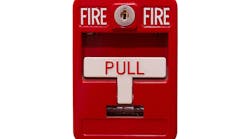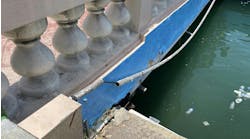The general requirements for fire alarm systems are found in Art. 760, Part 1. As with any Article in the National Electrical Code (NEC), you should take the time to read and understand the definitions (typically in subsection 2). Two in particular stand out for this Article:
- Non-Power-Limited Fire Alarm Circuit (NPLFA). A fire alarm circuit that is powered by a source that complies with 760.41 and 760.43.
- Power-Limited Fire Alarm Circuit (PLFA). A fire alarm circuit that’s powered by a source that complies with 760.121.
Part II of Art. 760 provides the requirements for NPLFA, and it begins with 760.41 and 760.43. A key takeaway from that text is the power source output can’t exceed 600V
Part III of Art. 725 provides the requirements for PLFA, and it begins with 760.121. A key takeaway from that text is the power source must be listed or identified as a PLFA power source.
Also, in Part I of Art. 760, you’ll find the requirements for mechanical execution of work [760.24] and abandoned cables [760.23]; similar requirements are ubiquitous in the NEC.




